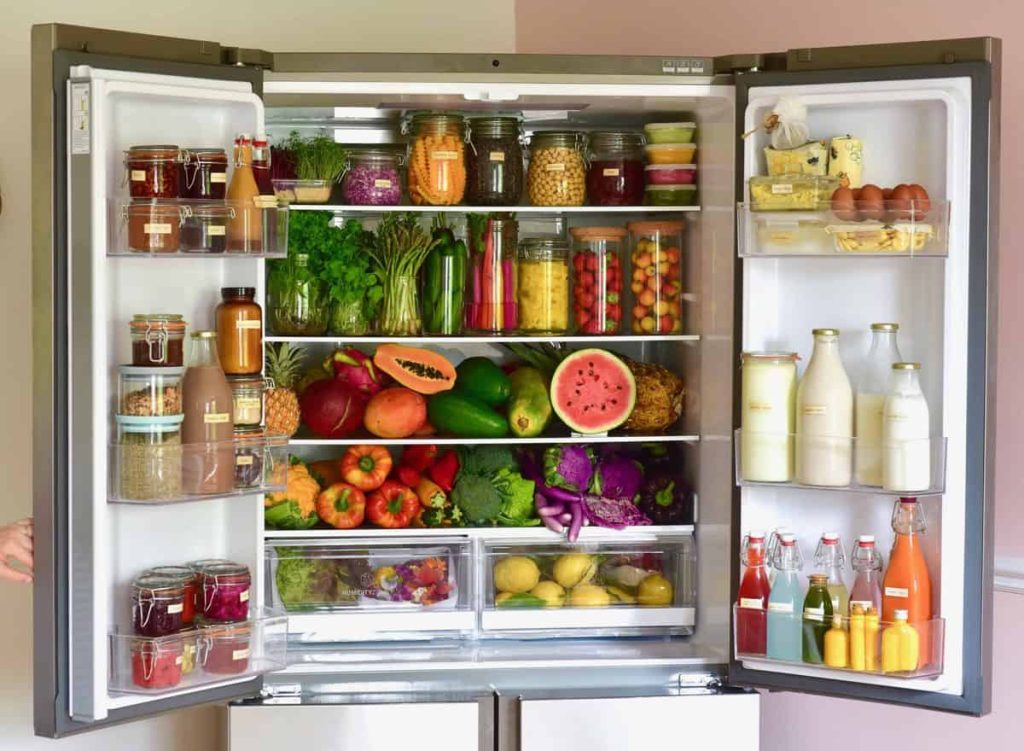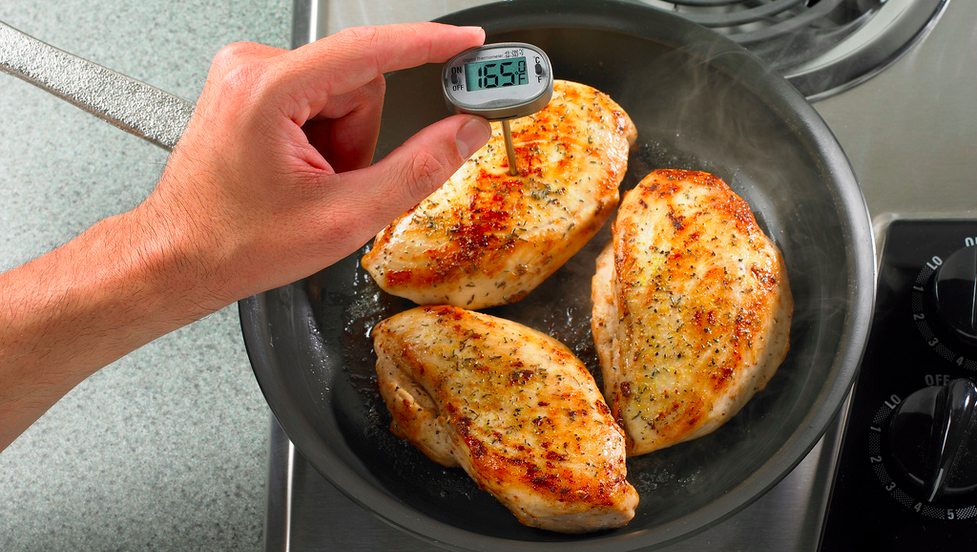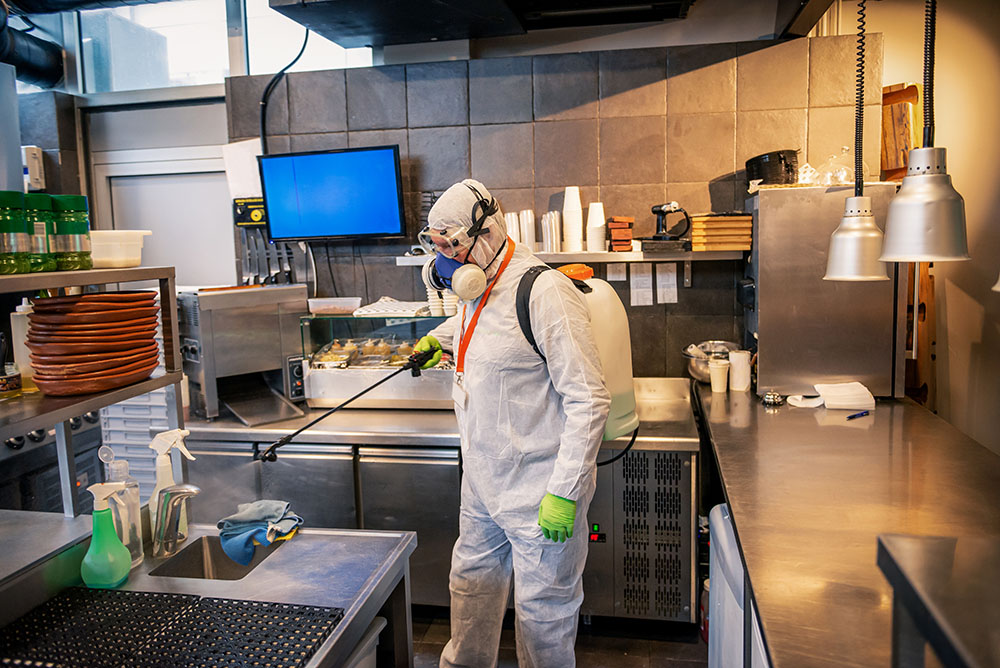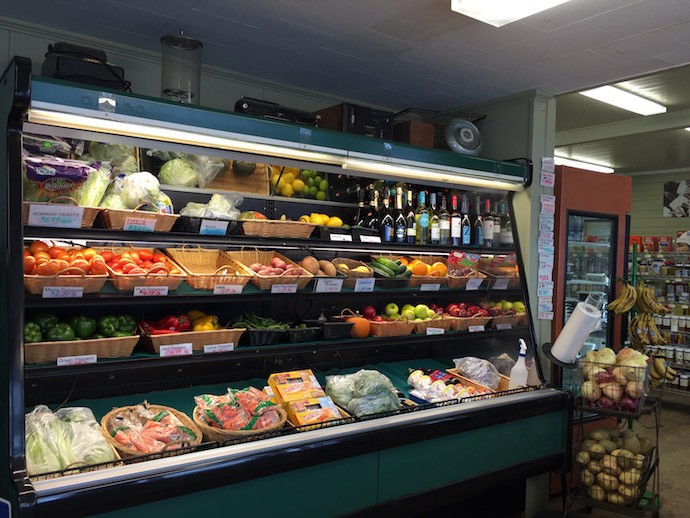
Ever curious what’s actually happening behind the scenes at your favorite Tri-Cities eateries? Recent May and June 2025 food safety inspections have yielded more than a few surprisessome uplifting, some enlightening. From sushi eateries to taco trucks, local restaurants were put on the spot as these inspection tales aren’t merely about scoresthey’re about what it means to make every bite safe and tasty.
For all you restaurant lovers who want peace of mind, it’s helpful to know the most common pitfalls (and how restaurants address them). Here’s an overview of the most common concerns reported by health inspectors in the Tri-Cities, along with expert-backed guidance on what really keeps a kitchen clean, compliant, and confidence-building. Whether you’re a food aficionado or just want to avoid the next outbreak, these facts will help you eat out smart.

1. Poor Food Storage: The Hidden Danger in the Refrigerator
One of the most common violations identified in recent Tri-Cities inspections was improper storage of food. Inspectors routinely found raw meat stored on upper shelves over ready-to-eat foods, a combination that is a recipe for cross-contamination. Industry practice requires putting raw meats on lower shelves in covered containers. Absence of such caution can lead to food-borne illnesses that jeopardize customers putting consumers on their plates.
Restaurants are being asked now to date and label all food products, rotate their stock on the “first in, first out” basis, and monitor refrigeration temperatures frequently. Because improperly stored food tends to spoil quickly and harbor dangerous bacteria, these actions are a lifesaver. For the consumer, a restaurant’s focus on storage protocols is an implicit but powerful signal of safety.

2. Hand Washing and Hygiene: The First Line of Defense
A number of Tri-Cities restaurants were inspected for subpar hand hygiene, like exposing ready-to-eat foods to employees’ bare hands. This is no minor errorit’s a serious health risk. The Centers for Disease Control and Prevention avers, “Handwashing is the most important method of preventing the spread of pathogens that cause foodborne illness.”
To tackle that, handwashing stations full of supplies must be installed, directions must be posted clearly, and employees must be regularly trained. Gloves and headbands are essentials in volume kitchens. Restaurants that demand hand washings are far less likely to spread germsand far more likely to win customer trust.

3. Temperature Control: Holding It Hot (or Cold) Enough
Improper temperature control showed up as a red flag in multiple Tri-Cities inspections, with some kitchens failing to keep cold foods below 41°F or hot foods above 140°F. This creates a perfect environment for bacteria to multiply. As food safety experts point out, using food thermometers and monitoring fridge and freezer temps 24/7 is crucial.
Restaurants are now being encouraged to implement wireless temperature monitoring and daily line checks. For customers, having a restaurant approach temperature control seriously is less chance of foodborne illnessand more confidence in every bite.

4. Cross-Contamination: The Silent Culprit
Cross-contamination is a sneaky but dire crime that showed up in recent Tri-Cities articles. Cross-contamination happens when raw food germs are transferred to ready-to-eat foods, typically through the means of cutting boards, utensils, or even staff members’ hands. Color-coded utensils and separate prep stations for allergens are a requirement under food safety regulations.
Restaurants are using training procedures and clear kitchen signage to caution employees about the hazards of cross-contamination. For individuals with food allergies, these procedures are more than best practiceslife savers. If a restaurant is transparent about its practices for being allergy-safe, that’s a safety green flag.

5. Cleaning, Sanitizing, and Pest Control: The Unsung Heroes
Dirty gear, grimy countertops, and bugs were all cited in Tri-Cities inspections, sometimes leading to failure. It’s not just an issue of aestheticsgrubby kitchens carry bacteria and attract unwelcome visitors like roaches or rodents. Best practices include daily cleaning checklists, regular pest control, and keeping cleaning supplies separate from areas where food is prepared.
Restaurants that invest in expert pest control and in assigning cleaning duties are protecting both their customers and their reputation. Pest-free dining rooms and clean kitchens are the foundation of a healthy night outand the restaurant’s calling card if it cares.

6. The Power of Posting Inspection Scores
Here’s a fact that might surprise even seasoned diners: posting inspection results in the restaurant, not just online, is linked to fewer foodborne outbreaks. The CDC found that communities where restaurants display their scores have fewer cases of Salmonella and fewer foodborne illness complaints.
For Tri-Cities residents, seeking a posted inspection score may be an easy way of gauging a restaurant’s commitment to safety. Transparency isn’t good policyit’s good public health policy.

7. Training and Record-Keeping: The Backbone of Food Safety
Behind every spotless kitchen is a professionally trained staff. Tri-Cities inspections reinforced the importance of ongoing food safety training and meticulous record-keeping. Online certification courses and computerized inventory management systems are staying one step ahead of infractions.
For consumers, being aware that a restaurant takes the time to educate employees and keep records in thorough detail is an excellent sign of a safety-first approach. It’s the behind-the-scenes effort that makes every meal safer.

8. Equipment Maintenance: Pretty Façades Over Substance
It is easy to forget, but well-maintained equipment in kitchens provides the key to food safety. Tri-Cities inspections identified grimy or nonfunctioning appliances as the spoilsport that can spoil the taste, as well as being dangerous. Schedules of cleaning and maintenance records help in ensuring everything from ovens to dishwashers is compliant.
To customers, germ-free equipment means fewer breakdowns, less potential for contamination, and a better overall dining experience.

9. Proper Labeling and Dating: The Small Details That Matter
Unlabeled or spoiled food items were the most common infraction in Tri-Cities kitchens. Apart from placing additional opportunities for serving rotten food, it may also make the inspection fail. It is recommended that readable labels with prep and expiration dates be utilized and that the inventory be checked daily to ensure freshness. To the public, little things add up to great peace of mindand assure every bite tastes as great as it’s safe.

10. Passing Inspection Failures: Speed Matters
When a Tri-Cities restaurant fails an inspection, it’s not the final page. The leading operators fix infractions immediately, retrain staff, and document each corrective action. Scheduling an expeditious re-inspection shows commitment to improvement.
To customers, seeing a restaurant bounce back after a failed inspection is actually a reassurance because they’re serious about safety and are going to do the work necessary to get it right.

11. Why Diners’ Complaints Matter
Surprising fact: Public complaints are a key way to locate outbreaks. The CDC describes how communities that actively have complaint programs find foodborne illness issues earlier, which means quicker interventions.
If you ever have a question about the safety of food, speaking up isn’t just good for youit’s good for everyone in the community. Your voice can make eating away from home safer for all.
Staying current on regional restaurant inspections is not for the über-anxiousit’s worth it for anyone who likes to eat out in the Tri-Cities. Familiarity with the most common food safety errors and how they’re corrected allows diners to make informed choices and dine at restaurants that truly value health. And let’s be honesta safe meal is a flavorful oneand that’s something anyone can appreciate.


